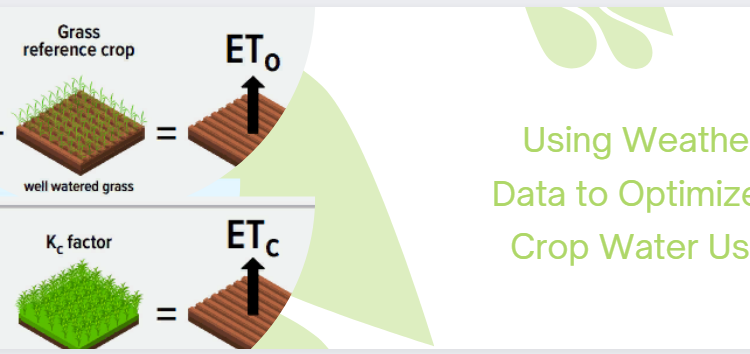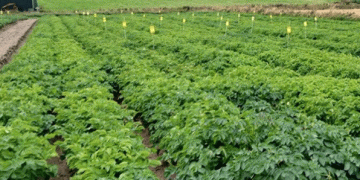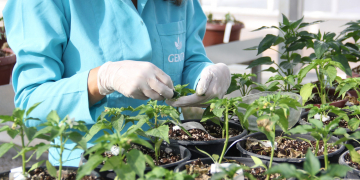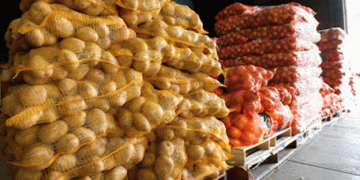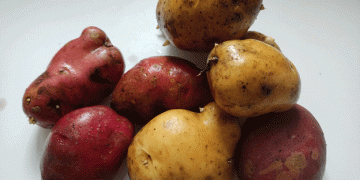#CropWaterUse #EvapoTranspiration #WeatherData #IrrigationDecisions #AgriculturalProductivity #SustainableAgriculture #WaterConservation #ClimateAdaptation #DataDrivenFarming
In modern agriculture, the efficient use of water is crucial for sustainable crop production. Total crop water use is determined by the combination of transpiration, the water evaporated by plants, and evaporation from the soil surface. The overall process is known as Evapo-transpiration (ET). Understanding ET and its variations is essential for making informed irrigation decisions to optimize crop water use and enhance agricultural productivity.
Development of ET and its Determining Factors
Evapo-transpiration (ET) is influenced by several critical weather factors, soil conditions, plant growth stages, and canopy coverage. Key weather parameters affecting ET include solar radiation, relative humidity, ambient air temperature, and wind speed. These variables exhibit significant day-to-day and seasonal fluctuations, making it essential to have real-time ET data to make accurate irrigation choices.
Measuring ET accurately on-farm can be challenging due to the multitude of factors involved. However, in Australia, the Bureau of Meteorology (BOM) operates and maintains a network of ET stations that provide valuable ET data. The BOM calculates ET data based on a well-watered grass reference crop, following the methods outlined in the FAO Irrigation and drainage paper 56 (Allen et al, 1998).
The ET of the reference crop is denoted as ETo. To determine the evapo-transpiration of a specific growing crop, such as potatoes, we use ‘crop factors’ (Kc) that reflect the crop’s growth stage. By combining ETo with appropriate Kc values, we can calculate the evapo-transpiration of the growing potato crop (ETc).

Consequences and Benefits of Using Weather Data for Crop Water Management
Utilizing weather data to determine crop water use has several significant consequences and benefits for agricultural practices:
Water Conservation: By understanding real-time ET and weather conditions, farmers can optimize their irrigation scheduling, leading to better water management and reduced water wastage. This not only conserves water resources but also helps farmers cope with drought conditions more effectively.
Enhanced Crop Yield: Proper irrigation based on accurate ET data ensures that crops receive the optimal amount of water they need at various growth stages. This, in turn, leads to improved crop health, better yield, and overall agricultural productivity.
Cost Efficiency: Efficient water use reduces the need for excessive irrigation, leading to cost savings on water and energy expenses. Farmers can invest these savings in other essential aspects of farming or environmental conservation.
Climate Adaptation: With access to real-time weather data, farmers can make informed decisions about crop selection, planting times, and irrigation methods that are better suited to the prevailing weather conditions. This climate-adaptive approach helps build resilience against climate change impacts.
Data-Driven Decision Making: Weather data, combined with accurate ET calculations, empowers farmers with valuable insights for precise crop planning, ultimately reducing uncertainties and risks associated with water management in agriculture.
Using weather data to determine crop water use and understand Evapo-transpiration (ET) is vital for sustainable and productive agriculture. The Bureau of Meteorology’s (BOM) network of ET stations in Australia provides valuable information, enabling farmers to optimize irrigation decisions and conserve water while maximizing crop yield. Embracing data-driven approaches to agricultural practices not only benefits farmers economically but also contributes to environmental conservation and food security.
Source: Australian Potato Growers
